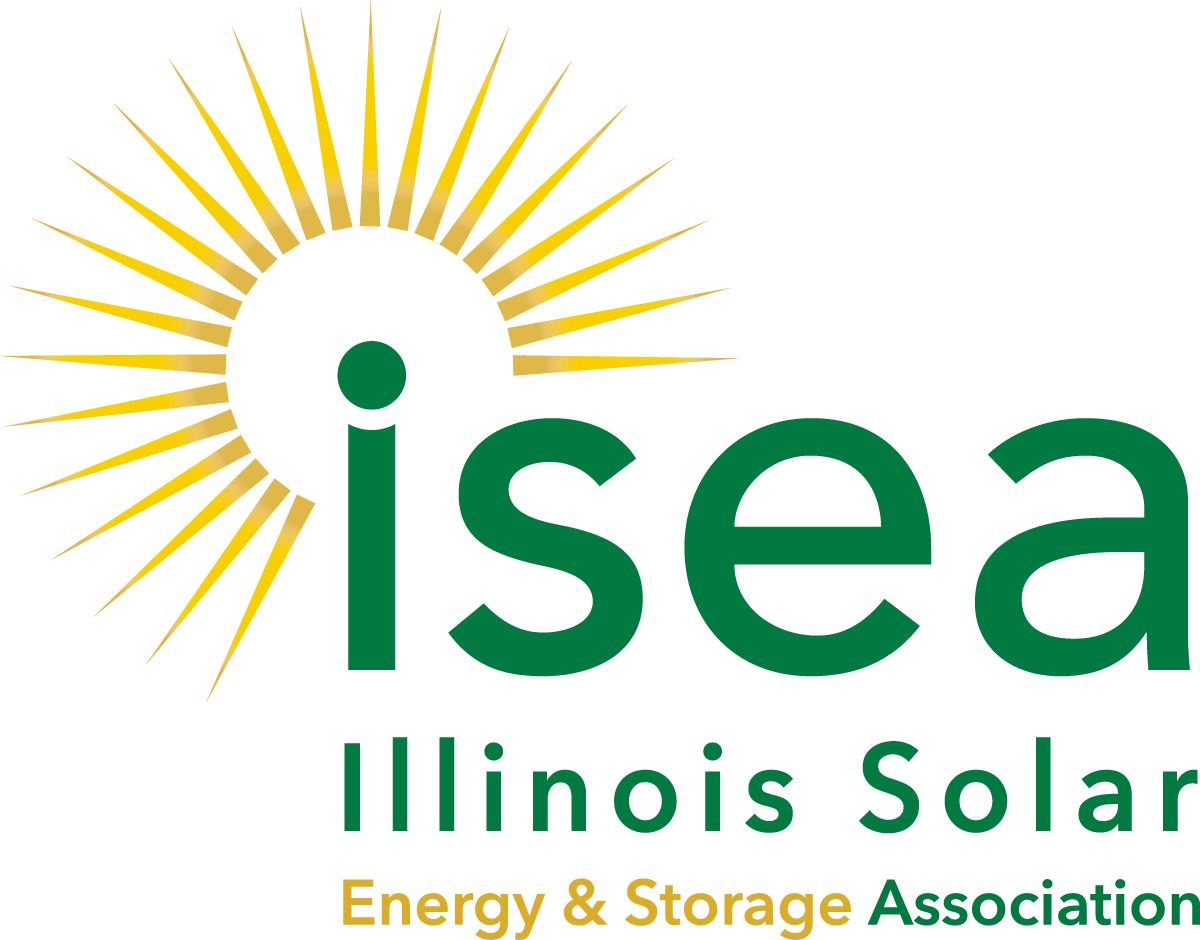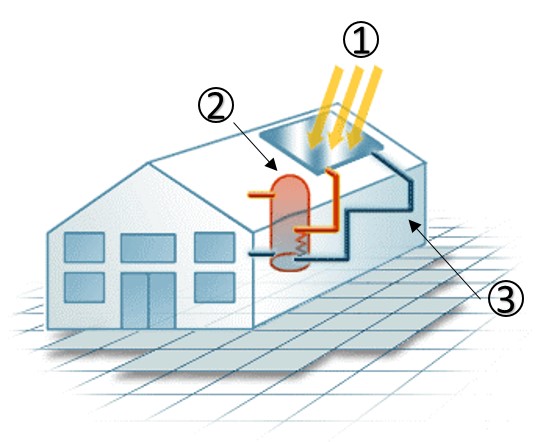How Solar Energy Works
Everyday, the sun radiates energy down to the earth's surface. These rays of sunlight can be turned into several forms of renewable energies.
Renewables are a naturally occurring source of energy that do not come from fossil or nuclear based fuels.
The sun's rays are turned into renewable energy in both indirect and direct manners. Indirectly, solar radiation influences the Earth's water, air current, and photosynthesis cycles. These cycles are used to generate hydro, wind and wave, and bioenergy respectively. Directly, solar radiation can be turned into electricity, as well as absorbed for heating.
Types of Solar Energy Systems
Solar Electricity - Photovoltaic (PV) - Residential Scale
Photovoltaic systems operate using a principle known as the Photovoltaic effect. This effect allows solar PV panels to directly convert solar radiation into electricity.
| 1. Solar PV panels collect sunlight and turn it into electricity 2. The electricity flows to the inverter and is converted from DC (direct current) to AC (alternating current), which is usable to power the home. 3. The electricity then runs through the home's electric panel. 4. The meter keeps track of electricity used in the building. 5. Any unused electricity is sent to the electric grid. For further information visit DOE's Photovoltaic Technology Basics page. |
Solar Hot Water - Solar Thermal - Residential Scale
Residential scale Solar Thermal systems typically involve the use of a solar collector. These collectors contain tubes which hold a liquid that is heated by the sun and is used for domestic hot water.
| 1. Sunlight hits the panel where liquid filled tubes absorb heat. 2. The heated liquid moves to a tank where the heat is transferred to the water inside the tank. 3. The cool liquid is moved back into the tubes of the solar collector. For further details on Residential Scale Solar Thermal visit HowStuffWorks.com's Solar Water Heaters page. |
Solar Electric - Photovoltaic (PV) - Community Scale
Like residential solar, community solar operates using a principle known as the Photovoltaic effect. This effects allows solar PV panels to directly convert solar radiation into electricity. However, people who subscribe to community solar do not get these electrons themselves - they receive a credit on their bill for their contribution to greening the grid.

1. Sunlight hits the solar panels in the community solar field, generating electricity
2. The electricity generated flows through an on-site meter to the electrical utility grid
3. The utility company measures the electricity generated, calculates a dollar value for the power, and distributes this dollar value proportionately to the members of the community solar program
4. The value of the solar electricity produced from the array is applied as a monetary credit to each member’s electric bill
For further details visit the Coalition for Community Solar Access's community solar explained page.
Sources:
Boyle, Godfrey. Renewable Energy: Power For A Sustainable Future. Oxford: Oxford UP in Association with the Open University, 2004. Print.

.jpg)
